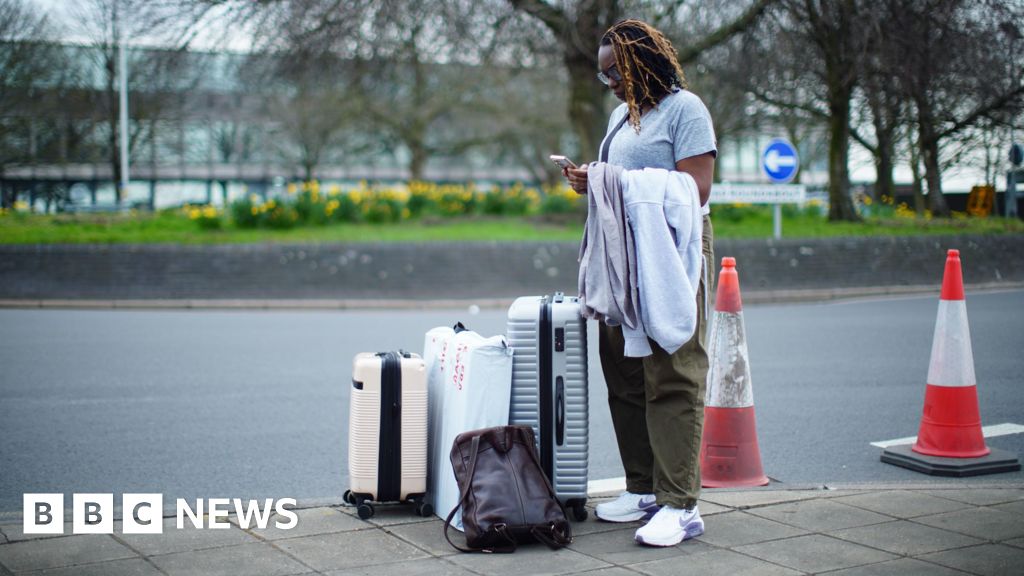
## Heathrow’s Power Failure: A Case of Forewarned but Unprepared?
The recent power outage at Heathrow Airport, which brought operations to a standstill for over 24 hours, has raised serious questions about preparedness and risk management within one of the world’s busiest hubs. While the initial reports focused on a fire within a critical electrical substation, a deeper look reveals a more concerning narrative: warnings about the airport’s power supply resilience were reportedly issued days before the catastrophic failure.
The revelation that Heathrow received advance notice regarding potential vulnerabilities in its electrical infrastructure casts a long shadow over the subsequent disruption. This isn’t simply a matter of a technical malfunction; it speaks to a potential failure in proactive risk assessment and mitigation. It begs the question: what steps were taken, if any, in response to these warnings? Were adequate resources allocated to address identified weaknesses? And, perhaps most critically, why were these potential problems not addressed before they escalated into a major crisis?
The impact of the outage extended far beyond the immediate inconvenience of delayed or cancelled flights. Thousands of passengers faced significant disruptions to their travel plans, incurring substantial costs and considerable emotional stress. Businesses reliant on Heathrow for the timely delivery of goods and services also suffered losses, demonstrating the ripple effect of such a significant failure in a vital piece of national infrastructure.
The airport’s response to the crisis itself also requires scrutiny. The timeline of events, from the initial fire to the restoration of full power, needs thorough investigation. Was the response swift and efficient, or were there further delays and inefficiencies that exacerbated the problem? Transparency around the decision-making process is essential to understanding what went wrong and to prevent similar incidents in the future. A detailed, independent review of the events is crucial not only for Heathrow but also for other major airports globally who face similar challenges in maintaining robust power infrastructure.
Beyond the immediate crisis management, the incident highlights a broader issue of infrastructure resilience in the face of increasingly frequent extreme weather events and cybersecurity threats. Airports, as vital transportation hubs, are particularly vulnerable to disruptions. Their complex systems require robust backup power sources and sophisticated contingency plans to ensure continued operation during emergencies. The seemingly overlooked warnings underscore the need for a more proactive and comprehensive approach to risk management. This should involve regular audits of critical infrastructure, rigorous testing of backup systems, and the development of detailed emergency response protocols.
The implications extend beyond Heathrow. This incident serves as a stark reminder of the potential consequences of neglecting warning signs and failing to invest in robust infrastructure. It raises questions about regulatory oversight and the responsibility of airport operators to ensure the safety and security of their operations. A thorough investigation, coupled with a commitment to implementing systemic improvements, is necessary to prevent a recurrence of this costly and disruptive event. The focus should be not only on immediate repairs but on long-term improvements in resilience, ensuring Heathrow and other airports are better prepared to withstand future challenges. This requires a cultural shift, prioritizing proactive risk management over reactive crisis control. Only then can we hope to avoid similar incidents and maintain the reliability of crucial transportation networks.



Leave a Reply